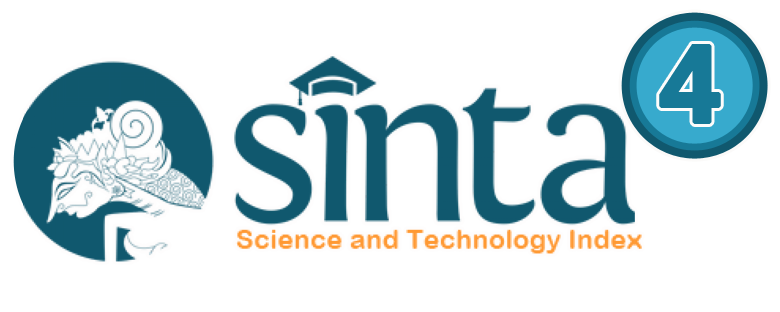USING ENTERPRISE RESOURCE PLANNING (ERP) FOR ENHANCING BUSINESS PROCESSES IN SMALL AND MEDIUM ENTERPRISES (SMEs)
DOI:
https://doi.org/10.21831/jpai.v9i2.965Abstract
Increasing number of small medium enterprises (SMEs) is using enterprise resourceplanning (ERP) as they start to recognize the benefits provided to the organisations. Thebenefits include tangible and intangible benefits. They can be identified in the operational,managerial, strategic, organizational, as well as in IT infrastructure dimension. Tosuccessfully implement ERP, organizations should recognize the barriers in attainingexpected benefits, especially people-related issues which are more dominant than thetechnical-related. A combination of IT factors and business factors motivate SMEs to adoptERP. However, several factors characterized in SMEs should be considered in analyzingtheir need for ERP. SMEs must prepare themselves in both technical aspects and humanaspects. It is also very important for SMEs to recognize critical success factors (CSFs) thatcontribute to a successful ERP implementation. CSFs can be used to measure the success atdifferent points in the ERP life cycle.Keywords: Enterprise Resource Planning (ERP), small and medium enterprises (SMEs),critical success factors (CSFs), ERP benefits, and ERP adoptionDownloads
How to Cite
Aisyah, M. N. (2012). USING ENTERPRISE RESOURCE PLANNING (ERP) FOR ENHANCING BUSINESS PROCESSES IN SMALL AND MEDIUM ENTERPRISES (SMEs). Jurnal Pendidikan Akuntansi Indonesia, 9(2). https://doi.org/10.21831/jpai.v9i2.965
Issue
Section
Articles
License
Authors who publish with Jurnal Pendidikan Akuntansi Indonesia journal agree to the following terms:
- Authors retain copyright and grant the Jurnal Pendidikan Akuntansi Indonesia journal right of first publication with the work simultaneously licensed under Creative Commons Attribution License (CC BY 4.0) that allows others to share the work with an acknowledgment of the work's authorship and initial publication in this journal.
- Authors can enter into separate, additional contractual arrangements for the non-exclusive distribution of the published version of the work (e.g., post it to an institutional repository or edit it in a book), with an acknowledgment of its initial publication in this journal.
- Authors are permitted and encouraged to post their work online (e.g., in institutional repositories or on their website) before and during the submission process, as it can lead to productive exchanges, as well as earlier and greater citation of published work.






